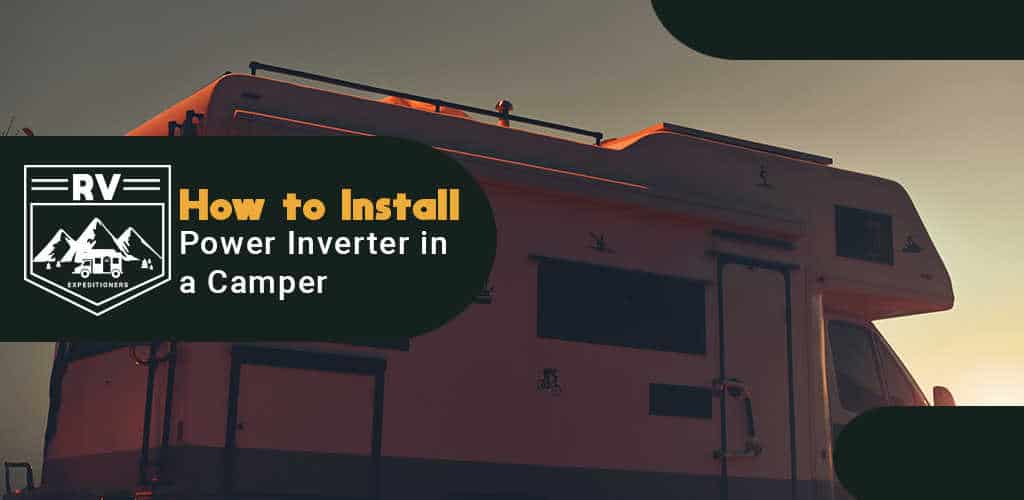Installing a power inverter in your camper can allow you to power electronics that would normally require power from a 120V AC shore. A power inverter is an excellent tool for campers that like to travel off the grid. It allows you to charge your phone, watch television and has a variety of other uses. The following is how to install a power inverter in a camper, what you will need and some useful tips and warnings.
What You Will Need
The first thing that you will need is a power inverter. There are a wide variety of power inverters available that differ in price and power output. Doing some research into your specific power needs and budget will make it easier to find the right power inverter.
Fasteners are necessary for installing the power inverter into your camper and ensuring that it stays in place. If it is not properly fastened, a sharp turn can cause it to shift and potentially become damaged.
A screwdriver is required to install the power inverter into your camper. Use the screwdriver to drive the fasteners in place. This can also be achieved using a wrench, but this is optional.
Connectors are used for connecting the inverter output to a separate power panel. This will then feed power to the outlets that are already installed. The main breaker panel is routed as well, and switch controls will be transferred automatically to send power to the outlets.
Cables are necessary for transferring power from the inverter to a separate power panel. It can be tricky to run wiring in a camper because of how thin the walls are. This can be a much easier process using surface-mount wiring.
Step-By-Step Guide
Power Requirements
You will need to make a decision on how much power you will need for the devices you want to use. Running a simple phone charger will not require wiring, but more power hungry devices will be more difficult to set up.
Clearing Up Space
You will need to dedicate a space in your camper for the large power inverter. It should be located in a spot that minimizes the risk of accidental damage. It should not be located near areas where liquids are transferred, where someone can easily step on or trip over it or near a heat source. Air must be allowed to circulate through the inverter, and it should be kept away from any flammable materials. Keeping it close to the battery it will power will require less wiring, but it should not be in the same compartment.
Securing it in Place
The inverter needs to be fixed to a secure support. The electronic components inside of the inverter can easily become damaged if it is not secured in place. Closely follow all of the instructions from the manufacturer for securing the fasteners, and always use the proper tools.
Wiring the Unit
The inverter needs to be wired directly to the battery where it draws power from. The instructions from the manufacturer will provide all of the safety information concerning circuit protection and the size of the wires that should be used. The inverter should be connected to the battery that powers common items such as the stove, lights and refrigerator, not the chassis battery that powers the engine.
Grounding the Unit
The 12V ground cable should be connected following the manufacturer's instructions. This can be done using any solid ground connection such as driving a bolt into a chassis rail. A wrench can be used to loosen the previous bolt. The ground connector should then be fitted to the shank, and the bolt should be tightened.
Tips and Warnings
Use the connectors and cables that are provided with the inverter you purchase, or measure the requirements and have them created by battery sales specialists.
The shore power and inverter power should never deliver power to the same outlet at the same time. This means that the wiring must be set up in a way that makes this impossible. If power is delivering to the same outlet, serious damage or even fire can occur inside of the camper. Never rely on switching manually or using memory to prevent this from happening. An automatic transfer switch is designed to shift power from the shore cord to the inverter.
The converter should never receive power from a standalone inverter.
Conclusion
Wiring a power inverter unit in your camper is a complicated and potentially dangerous process if you make a mistake. Depending on your electrical skills and knowledge, it may be a better decision to hire a professional that is knowledgeable about electrical wiring in campers for installation. They will be equipped with the tools and experience to safely install the power inverter.

